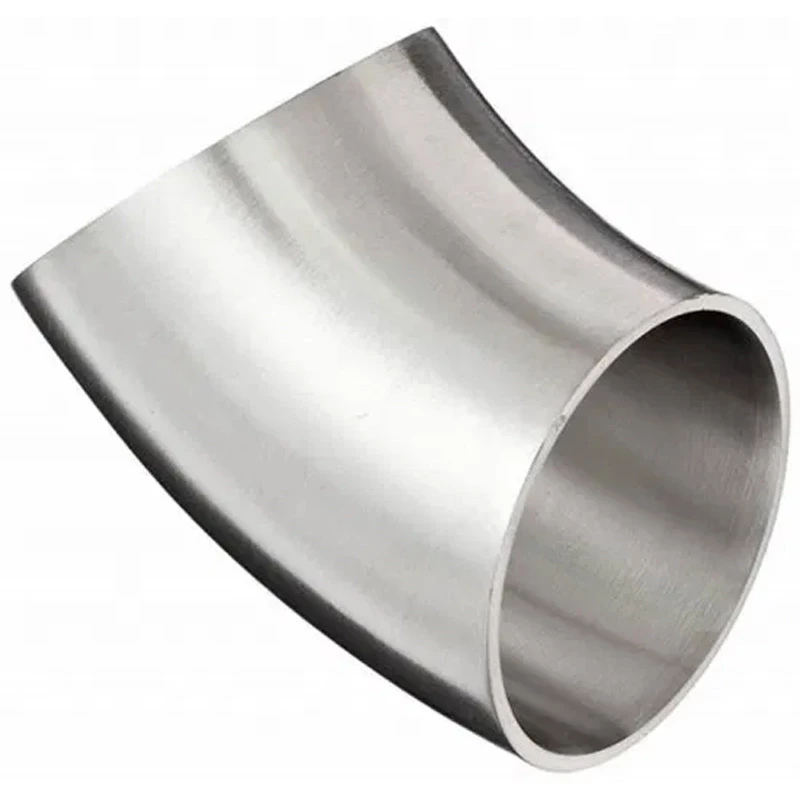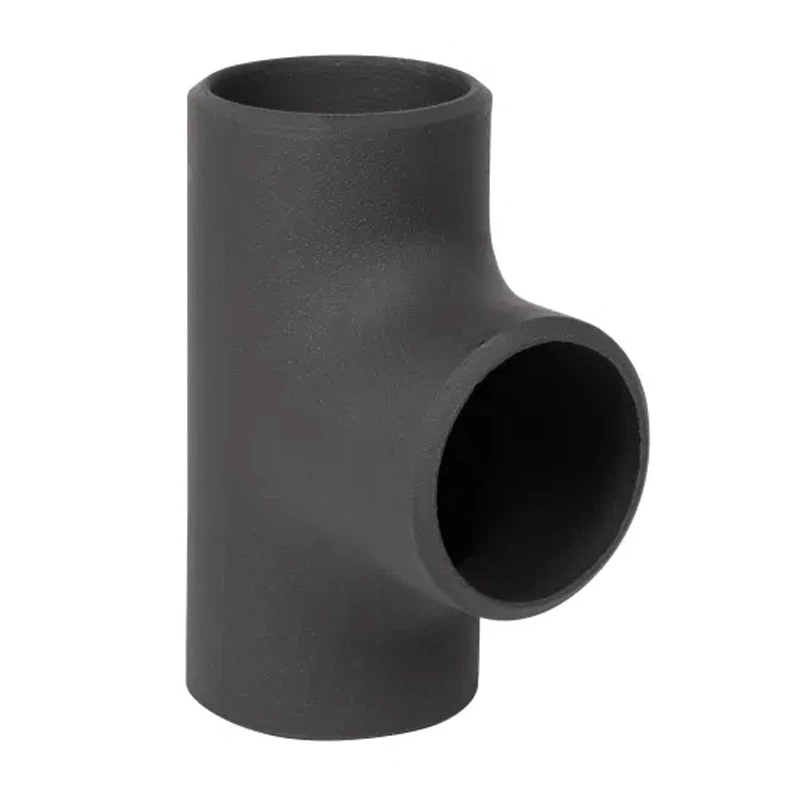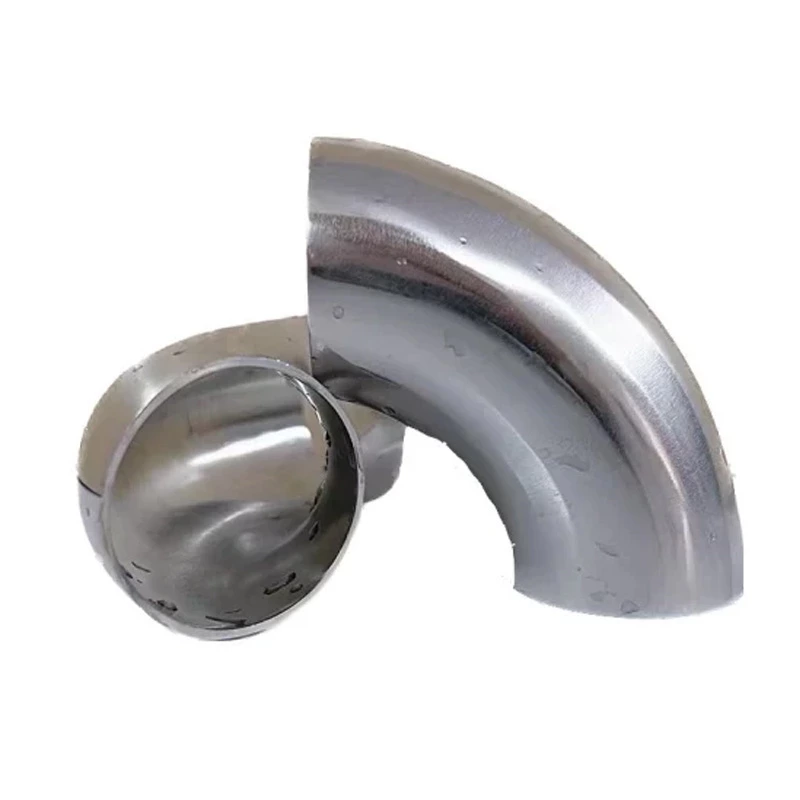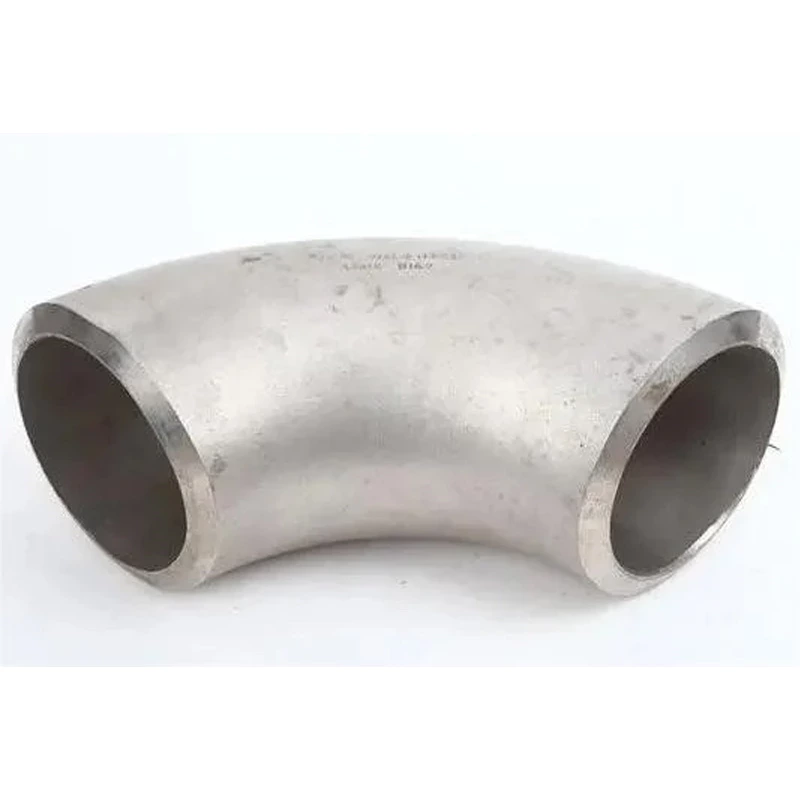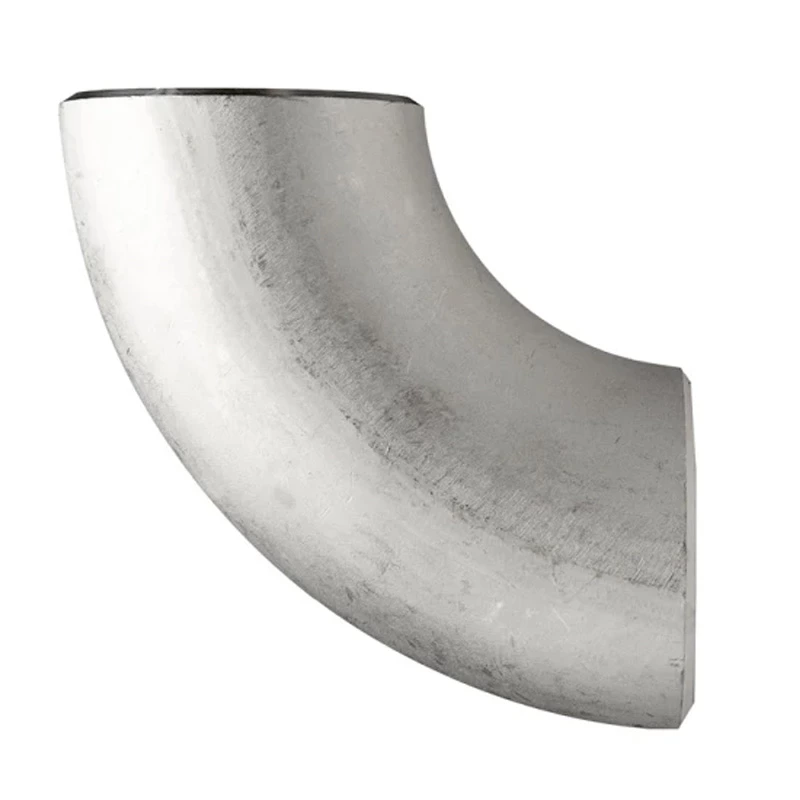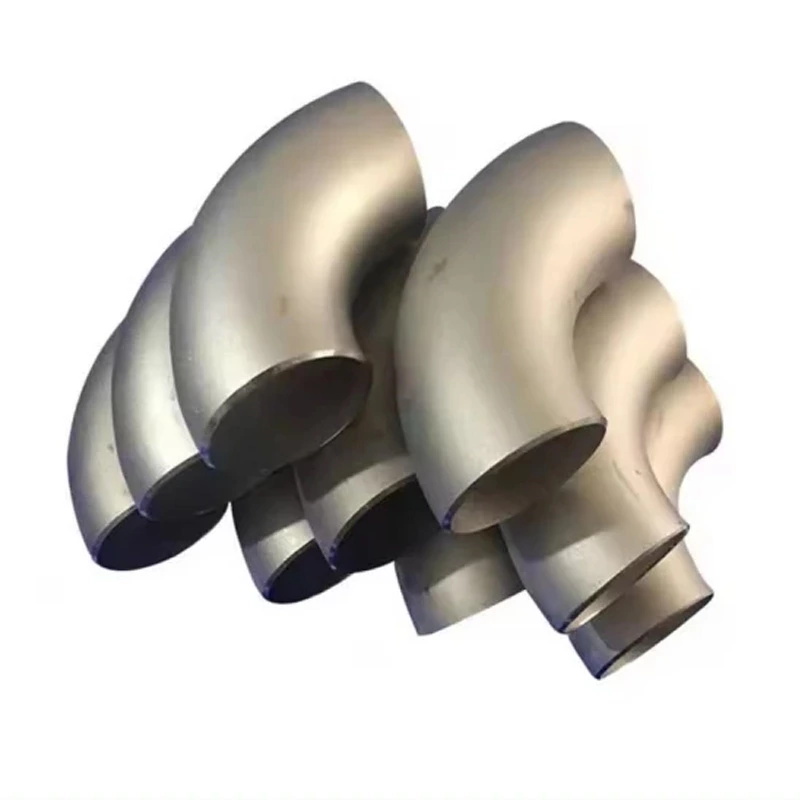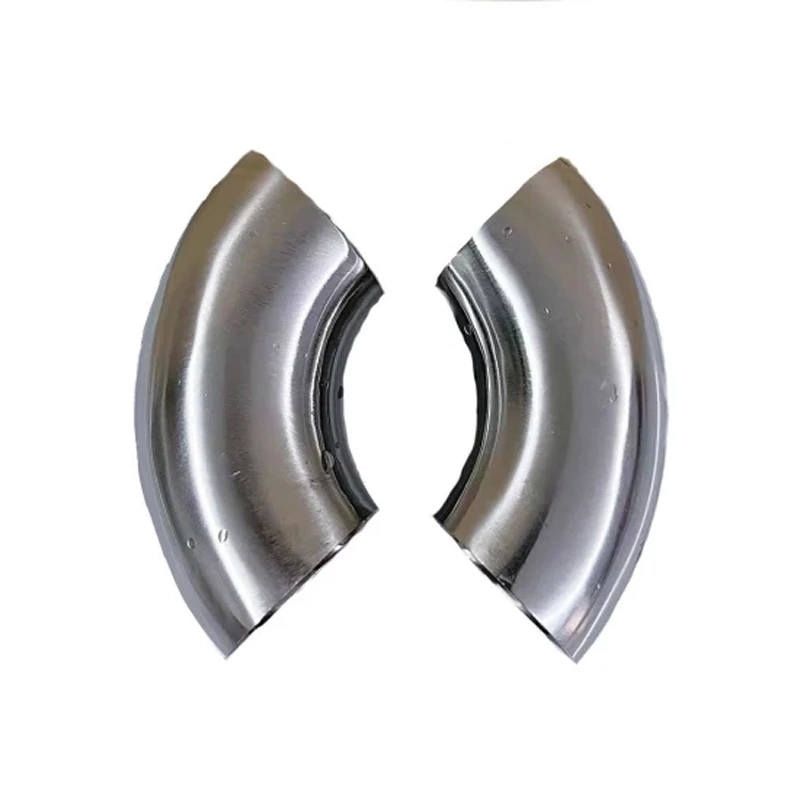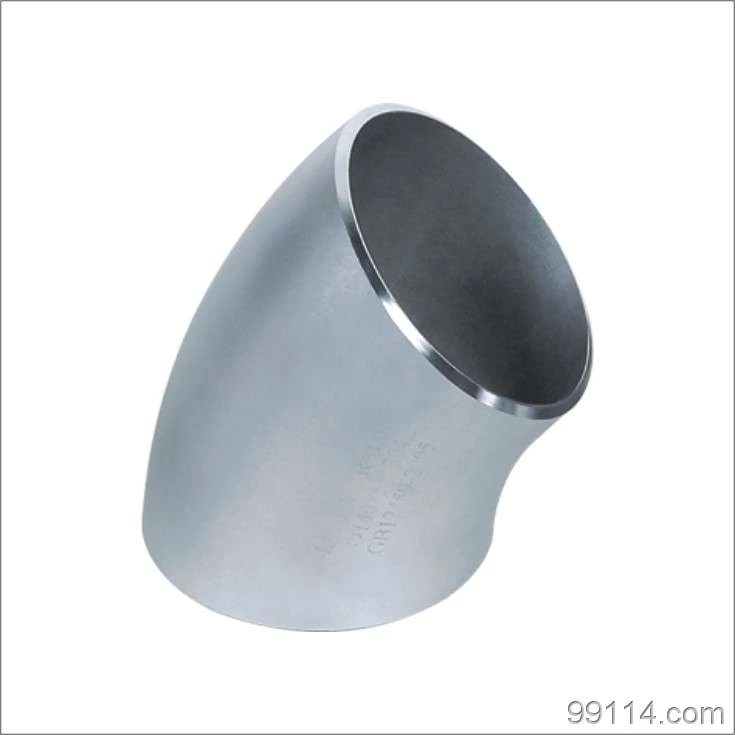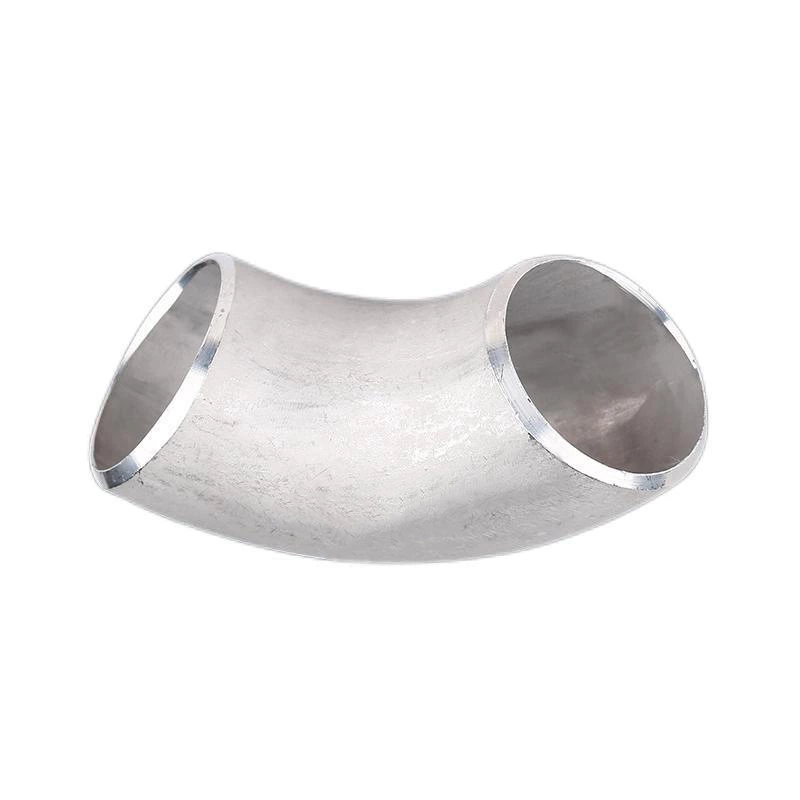Effect And Performance Of Nitriding Of Stainless Steel Pipe Elbows
Stainless Steel Weld Elbow The role and performance of nitriding is to further improve its hardness, wear resistance and corrosion resistance. Ferrite, martensite and austenite stainless steel and heat-resistant steel are usually subjected to nitriding treatment. High-speed steel should be subjected to low-temperature short-time nitriding.
The key to nitriding is to remove its passivation film. The passivation film is the reason why stainless steel is rust-proof and cannot be nitrided. Therefore, to nitriding stainless steel elbows, the key is to remove the passivation film on the surface.
There are chemical and mechanical methods to remove the passivation film:
(1) Sandblasting: Before nitriding, the workpiece is blasted with fine sand at a pressure of 0.15-0.25MPa until the surface is dark gray and the dust on the surface is removed.
(2) Phosphating: Phosphating the workpiece before nitriding can destroy the oxide film on the metal surface and form a porous and loose phosphating layer, which is conducive to the penetration of nitrogen atoms.
(3) Chloride soaking: Soaking or coating the sandblasted or fine-machined workpiece with chloride can effectively remove the oxide film. Commonly used chlorides are TiCl2 and TiCl3.
High-speed steel is a complex steel type with a carbon content of 0.70-1.65%. It contains a large amount of alloying elements, with a total amount of 10-25%. According to the alloying elements contained, it can be divided into: ① Tungsten high-speed steel (containing 9-18% tungsten); ② Tungsten-molybdenum high-speed steel (containing 5-12% tungsten and 2-6% molybdenum); ③ High-molybdenum high-speed steel (containing 0-2% tungsten and 5-10% molybdenum); ④ Vanadium high-speed steel, which is divided into ordinary vanadium-containing (containing 1-2% vanadium) and high vanadium-containing (containing 2.5-5% vanadium) high-speed steel according to the vanadium content; ⑤ Cobalt high-speed steel (containing 5-10% cobalt). According to different uses, high-speed steel can be divided into general-purpose and special-purpose types. ① General high-speed steel: mainly used for manufacturing cutting tools (such as drills, taps, saw blades) and precision tools (such as hobs, gear cutters, broaches) for cutting metal materials with a hardness of HB ≤ 300. Commonly used steel grades are W18Cr4V, W6Mo5Cr4V2, etc. ② Special-purpose high-speed steel: including cobalt high-speed steel and super-hard high-speed steel (hardness HRC68-70), mainly used for manufacturing tools for cutting difficult-to-process metals (such as high-temperature alloys, titanium alloys and high-strength steels, etc.). Commonly used steel grades are W12Cr4V5Co5, W2Mo9Cr4VCo8, etc. Ferritic, martensitic and austenitic stainless steels and heat-resistant steels are usually subjected to nitriding treatment.
The chemical method is to soak the workpiece in 50% (volume) hydrochloric acid (temperature 70 degrees) and then clean it with water.
High-speed steel is a tool steel with high hardness, high wear resistance and high heat resistance, also known as high-speed tool steel or high-speed steel. High-speed steel was invented by F.W. Taylor and M. White in the United States in 1898. High-speed steel has good process performance and good strength and toughness. Therefore, it is mainly used to manufacture complex thin blades and impact-resistant metal cutting tools, and can also be used to manufacture high-temperature bearings and cold extrusion dies. In addition to high-speed steel produced by smelting, powder metallurgy high-speed steel has appeared since the 1960s. Its advantage is that it avoids the carbide segregation caused by smelting consumption, which causes mechanical property degradation and heat treatment deformation.
Nitriding of high-speed steel:
Nitriding of high-speed steel should not present three phases, otherwise the carbide layer will become brittle. According to the above rules, high-speed steel should be subjected to low-temperature short-term nitriding. Because the thickness of the carbide layer increases slowly at a lower temperature, it is easy to control, and the nitrogen concentration on the surface of the carbide layer is low. The short-term low-temperature nitriding concentration is low and the toughness is good. Such as high-speed steel (w18cr4v) generally uses 510-520 degrees Celsius), diameter <15mm uses 15-20min, larger ones use 25-32min, and large ones use 60min.
